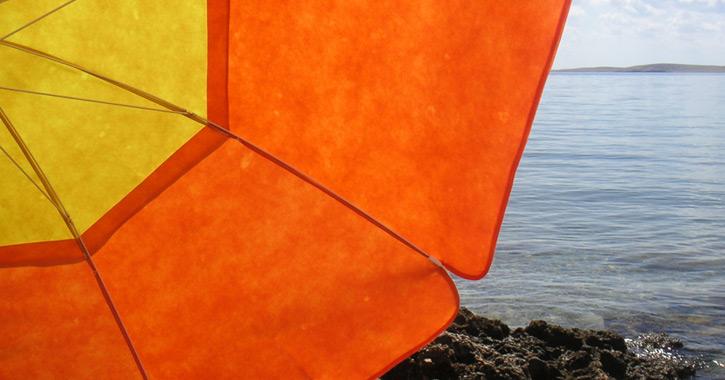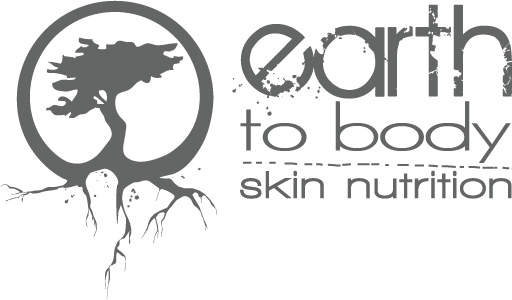
I was in my local pharmacy recently (buying band aids, which we go through like there’s no tomorrow with two toddlers around), and out of curiosity’s sake, I decided to go to the sunscreen aisle to take a peek at their ingredients. I guess I was optimistic. I thought that what with the recent study about the dangers of oxybenzone, one of its key ingredients, there would some alternatives to choose from. I should have known better.
Those of you not familiar with the chemical (I wasn't either until I started doing some research), will be interested to know that one of the main concern with it, is that it acts as a photosensitizer, which may seem odd as it is, of course, a main ingredient in sunscreen. It gets absorbed in the skin and results in an increased production of free radicals in the skin under lighting.
I'm going to assume that if you are reading this blog, you are already somewhat aware of the dangers of chemicals in the products we use. Sunscreen, however, may have passed under your radar (as it did mine), mainly because we have been told for so long about the dangers of the sun. We have willingly slathered the cream on our skin in order to protect ourselves. Thankfully, there are safe alternatives to the standard products you may find on the shelves of your local pharmacy, one of which is zinc oxide. Though its original form is a powder, it become a non-toxic sunblock when made into a paste. Because it sits on the skin and is not absorbed by it, it is non-irritant, non-allergenic and blocks both short wave and long wave (which oxybenzone doesn't protect you from) UVA and UVB rays. Even better, it is regaining popularity and can be found more and more easily. In essence, You don't have to look too far to find great sunblocks containing zinc oxide ;)
however, may have passed under your radar (as it did mine), mainly because we have been told for so long about the dangers of the sun. We have willingly slathered the cream on our skin in order to protect ourselves. Thankfully, there are safe alternatives to the standard products you may find on the shelves of your local pharmacy, one of which is zinc oxide. Though its original form is a powder, it become a non-toxic sunblock when made into a paste. Because it sits on the skin and is not absorbed by it, it is non-irritant, non-allergenic and blocks both short wave and long wave (which oxybenzone doesn't protect you from) UVA and UVB rays. Even better, it is regaining popularity and can be found more and more easily. In essence, You don't have to look too far to find great sunblocks containing zinc oxide ;)
A couple of years ago, I found this sunscreen on the shelf. I bought it thinking I was making such a wise decision...looking out for the best product for my babies, not settling for a product simply ‘for kids’. I also trusted that a company that was making a product especially for babies, would make sure its ingredients were safe. As I said before, I should have known better. Reading labels and researching ingredients is the best way of ensuring the safety of ourselves and that of our children.
What about you, which ingredients are you on the lookout for and are you getting better at reading labels?
Gen
p.s. As I was writing this, Martha send me a link for an article warning pregnant women to be careful about what sunscreens they choose, because those containing retinol palmitate could increase the risk of the fetus developing birth defects. Yet another ingredient to watch out for... and another reason to go the all-natural route.
Here are the sites I used in my research:
Wikipedia page about Oxybenzone
Review of which suncreens work best
Senator urges release of sunscreen chemical data
- Connectez-vous ou inscrivez-vous pour publier un commentaire


Commentaires
Anonymous replied on Permalien
Would you consider making your own for Earth to Body?
Anonymous replied on Permalien
Hi Shantelle! We do make a Zinc Oxide cream which you can see here: http://www.natural.ca/products/zinc-oxide It has 18% Zinc oxide, which can generally provide a protection of 25-30 spf. It is not waterproof, so needs to be applied after swimming or any other water activities. I use it on my two year-old twins, as well as myself, and it works really really well. Hope that helps! -Gen